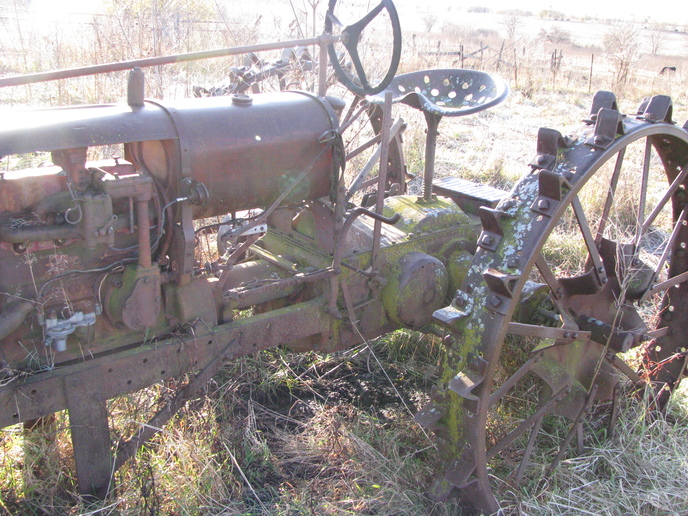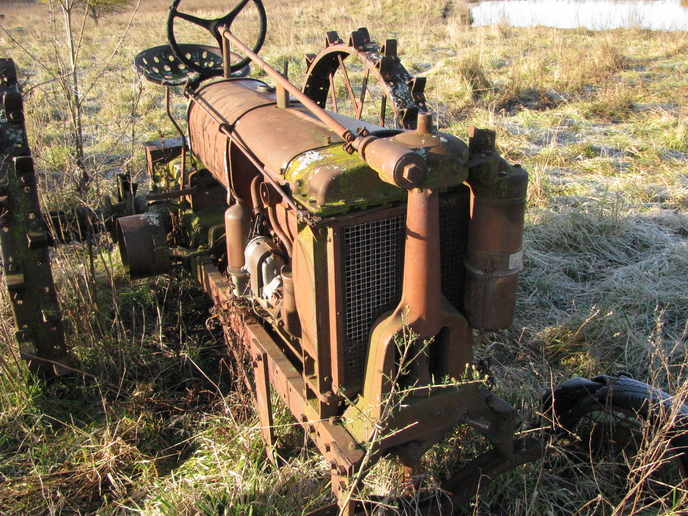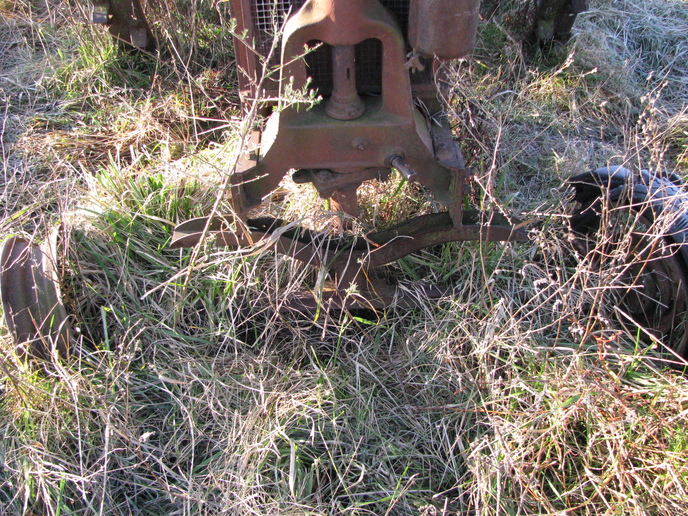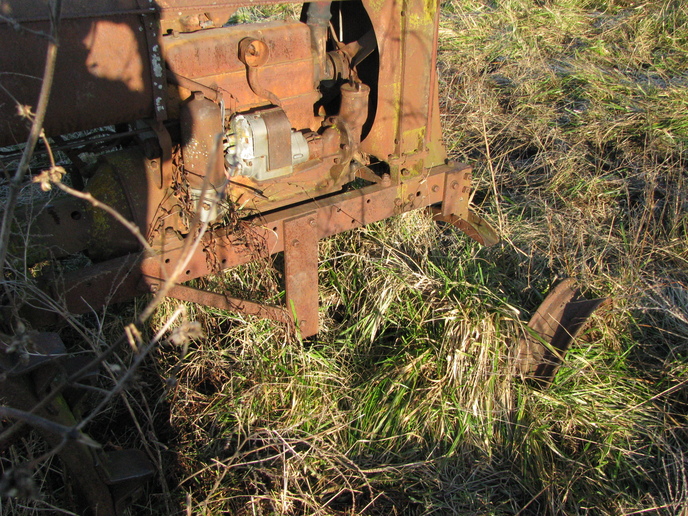Seth Boyer
Member
I have a '37 F-12 that was converted to an F-14 at some time in its life. It has been in the family for a long time. My grandfather is the second owner.
In the limited research that I've done I know that some of the F-12s were held back at the factory to be converted in late 1937, some were converted at the dealerships and kits were available for the everyday farmer to buy. I'm familiar with the differences between the F-12 and 14. The serial # on my tractor is 109588 which I believe puts it close to the tractors that may have been held back at the factory and converted. To the untrained eye it looks like an F-14. Elevated steering, higher seat, longer brake levers, crankcase breather.
Do any of you guys have any experiance with any of these tractors that have been converted? I'm wondering if they put a F-14 head on them?
I'm buying a complete '38 F-14 and plan to combine the two and end up with a nice complete F-14. I also just baught a Heisler overdrive for a F-14. It is in amazing good condition. All the bearings are in perfect condition and the gears have nearly no wear.


In the limited research that I've done I know that some of the F-12s were held back at the factory to be converted in late 1937, some were converted at the dealerships and kits were available for the everyday farmer to buy. I'm familiar with the differences between the F-12 and 14. The serial # on my tractor is 109588 which I believe puts it close to the tractors that may have been held back at the factory and converted. To the untrained eye it looks like an F-14. Elevated steering, higher seat, longer brake levers, crankcase breather.
Do any of you guys have any experiance with any of these tractors that have been converted? I'm wondering if they put a F-14 head on them?
I'm buying a complete '38 F-14 and plan to combine the two and end up with a nice complete F-14. I also just baught a Heisler overdrive for a F-14. It is in amazing good condition. All the bearings are in perfect condition and the gears have nearly no wear.





